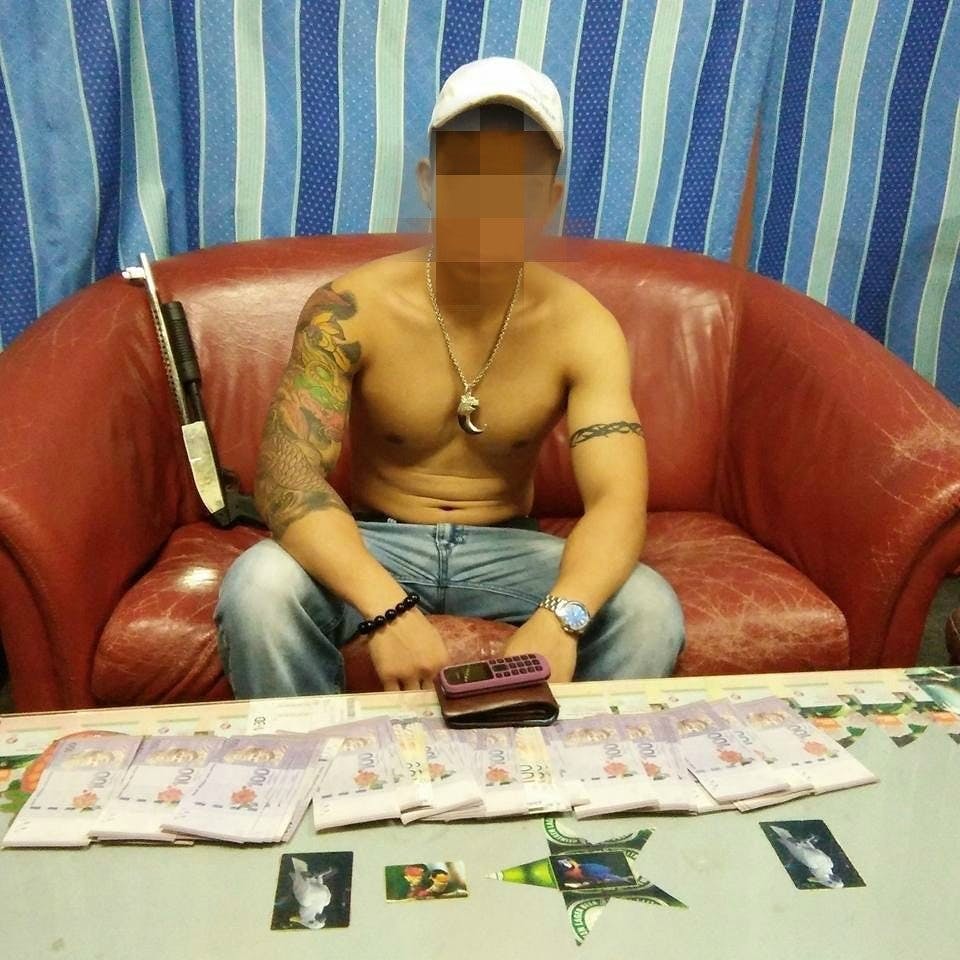Wildlife traffickers from a small, sleepy village in Vietnam are using Facebook to offload large amounts of illegal ivory, rhino horn and tiger parts, an investigation has revealed.
The results of an 18-month sting by the Wildlife Justice Commission (WJC) – shared with the Guardian – were presented at a public hearing in November at the Peace Palace in the Hague. They showed how social media sites such as Facebook are allowing traders greater access to customers.
“It’s wildlife trafficking on an industrial scale,” said Olivia Swaak-Goldman, the executive director of the WJC.
Undercover investigators visited the Vietnamese village of Nhi Khe, known as a wildlife trafficking hub, five times in the past year and scoured Facebook and WeChat, which is popular in China. In all, they tallied illegal wildlife products worth US$53.1 million (366.6 million yuan) stemming from just 51 traders in the village for sale in person and online.
Nhi Khe traders are primarily using Facebook to sell processed ivory products. But even whole ivory tusks and tiger bone paste have been sold on the platform.
“Social media provides a shopfront to the world,” Swaak-Goldman said.
Items are being sold in closed or secret groups through auctions, which means new buyers or sellers have to be approved before being allowed into the group. Once in, traders will use instant messaging to keep in touch with buyers.
“
On the front [of the shops], it advertises in Mandarin ‘rhino horn’, ‘tiger’, ‘ivory’. It’s like buying a Big Mac.
Olivia Swaak-Goldman, executive director, Wildlife Justice Commission
Such Facebook groups are also allowing traders to meet a wide array of potential new buyers. Payment is usually done via WeChat Wallet.
WJC investigators have found that Facebook is primarily used by traders to sell wares locally or across other parts of Southeast Asia. In contrast, traders use WeChat to sell unprocessed products in bulk to Chinese traders. Since Vietnamese traders aren’t able to write in Chinese, they tend to offer products on WeChat via voice message.

A beaded elephant bone and ivory bracelet, advertised for sale on Facebook and identified by the WJC. Image: Wildlife Justice Commission
This appears to be a widening pattern for wildlife traffickers in the region. In March, Traffic, another anti-wildlife trade organisation, announced that Facebook had become a popular tool for selling both animals parts and live animals with wildlife traffickers in Malaysia. These traders also use auctions in closed and secret groups to keep their illegal activities out of the public eye.
The WJC approached Facebook about the issue and a spokesperson from the social media group told it: “Facebook does not allow the sale and trade of endangered animals and we will not hesitate to remove any content that violates our community standards when it is reported to us.”
The social media giant’s community standards “prohibit the use of Facebook to facilitate or organise criminal behaviour that causes physical harm to … animals”.
Swaak-Goldman said Facebook needs to go further, including shutting down traders accounts and cooperating with law enforcement.
Facebook has the capacity to delete posts or entire accounts, but the group said how it reacts depends on the severity of the breach in community standards. As to working with law enforcement, Facebook said it would not comment on specific legal cases.
Sales are also continuing in person in Nhi Khe, which is home to just a few thousand people. Historically, Nhi Khe was a village of wood carvers, but in recent decades its economy has shifted towards this more lucrative trade, dealing in everything from dead baby tigers in a jar to sawed-off rhino feet, as documented in photos and videos taken by WJC investigators. The village is perfectly situated for the illicit trade, being 20 kilometres south of Hanoi and not far from the Chinese border.
Throughout the investigation, the WJC tallied products representing up to 907 dead elephants and 225 dead tigers. Experts believe most of the tigers were born in tiger farms because if they were coming strictly from wild tigers, it would represent nearly 6 per cent of the world’s population.

A trader in Vietnam shows off his tiger claw necklace, gun and other spoils of the trade. Image: Wildlife Justice Commission
But even more surprising was the amount of rhino material passing through Nhi Khe. Investigators detailed rhino parts from 579 individual rhinos, nearly half of the total amount of rhinos killed in South Africa last year.
And these numbers don’t take into account products not directly seen by investigators either via social media or in person.
“Can you imagine what the real number is?” said Swaak-Goldman. “This is the tip of the iceberg.”
This story was originally published by Chinadialogue under a Creative Commons’ License and was republished with permission. Read the full story.








